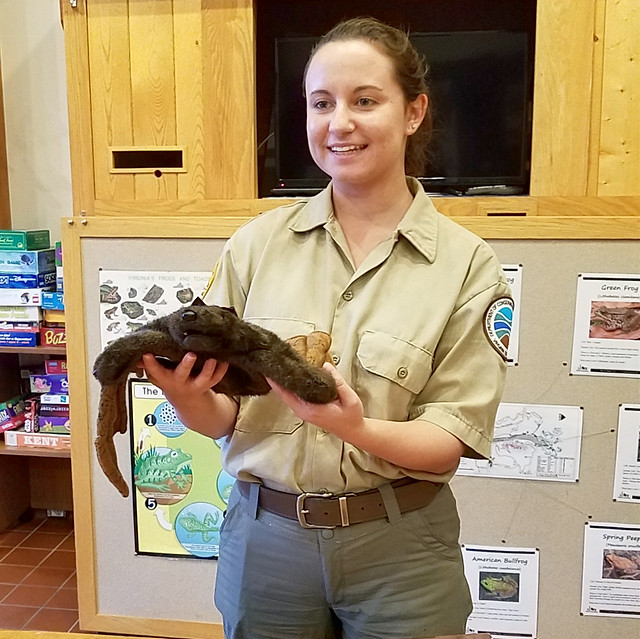Read Our Blogs
How do you pass the cute test?
Shared by Monica Hoel, as Guest Blogger.
There’s a great line from one of the Game of Thrones books that I can’t remember – and I’m too lazy to try to find. (Have you seen those books? They’re dense! I’d never find it again.) But the gist of it was this: the land imagined in these stories had previously contained wondrous creatures like giants and shape-shifters and dragons that made the kingdom really interesting and magical – but, the people who lived there felt like those really cool creatures were simply too weird and too scary, and had them all killed off or banished or reduced to small bands who had to hide for survival.
Have you ever considered what makes a bat a magical, fascinating member of our community?
Eventually, all the truly fascinating beings were gone.
That is a real concern for real life creatures, too. Many of the truly fascinating entities around us don’t pass the cute test. They, therefore, don’t have as many defenders and end up on the endangered list.
Consider, if you will, the creepy bat.
Bats are perceived as so scary and so weird that if they are encountered by humans it is assumed that the only smart thing to do is pull up your shirt collar and beat it to death with a broom.
Even those of us who are fond of bats totally understand that bats did not get blessed with the “cute genes” possessed by every panda bear and river otter. We get it. But you have got to take a moment to consider what makes a bat a magical, fascinating member of our community.
It’s a well-known fact that bats eat literally millions of mosquitoes – a single bat can eat 6000 to 8000 mosquitoes in a night. Without bats, our mosquito-borne diseases would be much worse. Most of us know they use echolocation for finding those mosquitoes. Despite the expression, bats aren’t blind at all – it’s just that they work at night and twenty-twenty vision isn’t very helpful in the dark. So they use a series of clicks that bounce off prey and obstacles so that they do catch dinner and they don’t run into your beehive hairdo (seriously, they do not wish to be in your hair).
It’s the same system used by whales and dolphins for maneuvering in deep, dark waters.
It may not be as obvious that bats are the world’s only flying mammal. The “flying” squirrel is really just a clever glider with a couple of fancy skin flaps. Bats have wings that are engineered like nothing else in nature. They aren’t like bird wings; they are actually much closer to functioning and looking like a human hand with a membrane stretched over its five boney fingers.
Bats are able to fly in crazy, intricate patterns that allow them to catch all those insects.
Bat roosting boxes are part of our bat conservation efforts at Virginia State Parks
It may come as a surprise that bats are also important pollinators – helping to cultivate a range of plants including the agave plant – which is used to produce tequila. (You’re welcome.)
Virginia State Parks are known as a place to hike and splash and paddle and row, but parks like Hungry Mother are also places where conservation is practiced and taught. Bats are just one of the creatures they educate the public about in order to recruit other community partners in the care of the earth. State parks have a strict set of guidelines that give nature a chance to flourish while also giving humans the chance to enjoy an encounter with a natural space. Conservation is key for state parks --our bastions and champions of the natural world.
With bats dying off in staggering numbers from white nose syndrome and loss of habitat, an encounter with a bat is considered a moment to celebrate. So if you hysterically report a bat in your campsite to the local state park ranger you’re far more likely to get a “Huzzah!” than an “Eeeek!” We hope you’ll join the celebration before all our magic disappears.
Editor's Note: If you enjoyed this information and would like to learn more about the natural world found at Hungry Mother State Park, just click here to see a list of upcoming programs.
For information on overnight accommodations in cabins, lodges, yurts and campground click here, or call 800-933-7275 to inquire.
If you have read the article and have a question, please email nancy.heltman@dcr.virginia.gov.
Search for blogs
By Park
Categories
Cabins
Camping
Fishing
History and Culture
Other
Programs and Events
Trails
Volunteers
Water Fun
Archive
2024
2023
2022
2021
2020
2019
2018
2017
2016
2015
2014
2012
















